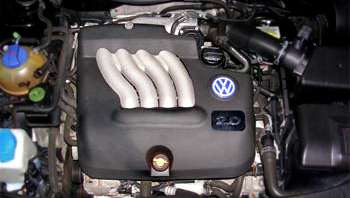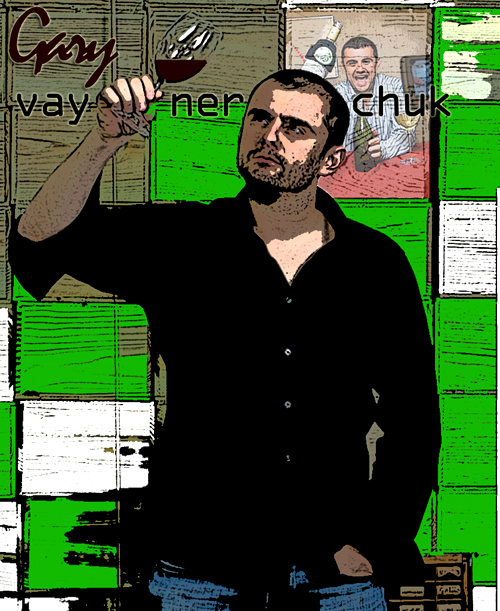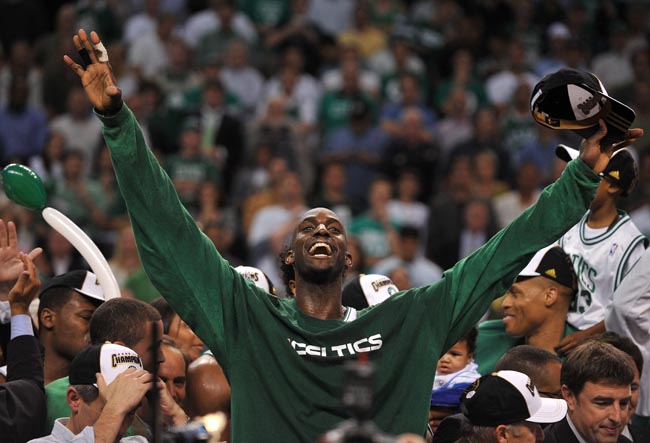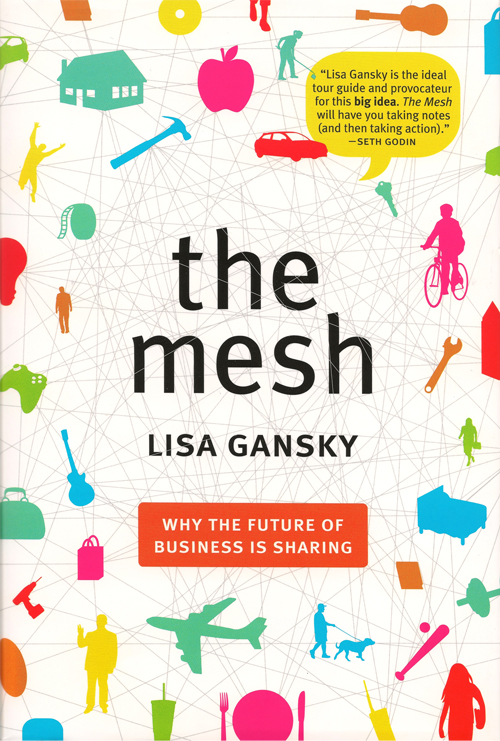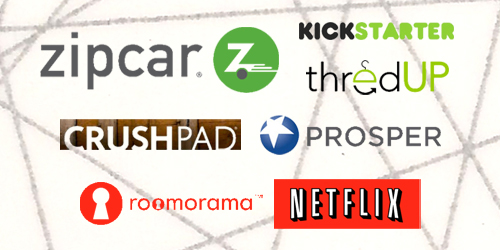Reading “Crush It!” set me on a short course of watching some of Gary Vaynerchuk‘s live presentations and interviews. This one, from RailsConf 2010, was one of the more comprehensive in terms of conveying who he is, what he’s about and what he’s currently thinking and doing (though it’s from June).
I posted it to my Facebook page, but it got no likes or comments. I get it – you had no idea what it was about and didn’t want to bite off an hour of the mystery behind door number 2. So, I decided here to provide multiple in-points to encourage some viewing. Find your topic and jump in wherever you’d like.
A few notes off the top: Ruby on Rails is a web app framework developed by 37signals. This gives the conference its name; it’s a Ruby developers conference. Vaynerchuck refers to “freed” and “DHH” a few times. These are the leaders of 37signals, Jason Fried and David Heinemeier Hansson. (Read my short review of their book Rework here).
Though he’s speaking to a group of developers, it’s a talk – plus a great Q&A session – about marketing, branding, social media and general business. The guy really loves life and loves people, so it transcends these topics regularly. In this way, it moves toward life, philosophy and being a good human.
Here are your in-points:
2:00 Family emigration from Belarus to US
3:35 Entrepreneurial start (lemonade stands and baseball cards)
4:40 Doing awesome – 13 year old with six grand under his bed
5:40 Goonies reference
7:10 Collecting wine = collecting baseball cards
7:50 Brand damage from being part of co-op/franchise
11:45 Finding happiness in community
12:30 Getting repped by CAA
13:15 New book: “The Thank You Economy”
14:50 Building long-term, real relationships, beating competitors on culture (Zappos/Amazon)
16:40 Consulting with big companies, trying to help them get in on conversations
17:40 If one person follows you, you should be ridiculously thankful
18:10 Riff: “If I get a hundred more followers, I’ll donate $100 to Haiti”
19:30 Shout out to his great, great grandchild (writing your legacy right now)
22:00 Becoming self-aware, showing people who you are
22:45 Huge Twitter fail
23:50 Work your face off, be thankful, have gratitude
25:40 Gatekeepers controlled the game forever, now lost the keys, we can go direct to consumers
26:50 Freemium debate, app culture opens the door to begin charging
28:30 Q&A starts
31:20 Why it’s difficult to impossible right now for big companies participating sincerely in online conversations
34:15 Killing on cost effectiveness of traditional media – outdoor, print, TV, “Don’t even get me started on fucking Nielsen”
37:00 Why our elders are more properly positioned to be successful in 2012 and beyond
39:30 Rework and Crush It book deal customer, nice story of community support – results in a hug at 41:10
42:15 “It was very tea and rock climbing in 2006”
42:40 Why he’s going to jail soon
44:00 Who’s trying harder than him (hint: no one)
44:50 Quoting Jay-Z
45:30 Customer complaints as a gift – results in kiss at 45:50
47:10 Why the corporate game is built not to do this
49:00 Why you need to taste things
49:30 Rocky 4 winter training reference
50:30 Why he loves old people and what matters to them
51:30 Revisiting freemium debate
53:40 Why he’s backing off speaking
55:40 Overlooking the good in favor of the bad
56:40 The “shark and hippo thing”
1:00:20 Why he showed someone his tax returns at Starbucks
1:02:10 “I’m bullish on human beings”
Here is the video, compliments of O’Reilly Media by way of YouTube:
